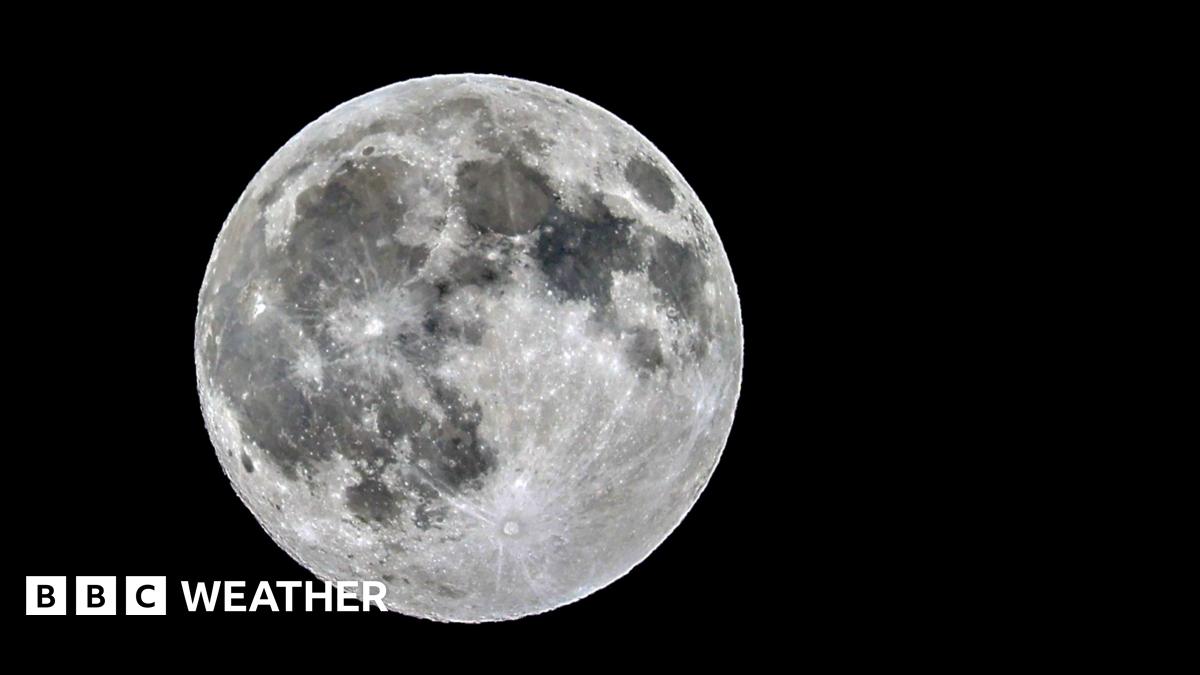The Moon does not orbit the earth in a perfect circle but has more of an egg-shaped, elliptical orbit. Therefore it is not always the same distance from the Earth.
At its closest point – or perigee – the Moon is about 220,000 miles away from Earth, whereas at its furthest point – or apogee – it is around 250,000 miles away.
If the Moon is full at its closest point to Earth, or within 90% of its perigee, it can be referred to as a ‘supermoon’.
The term was first coined in 1979 by astrologer Richard Nolle to describe full Moons that appear noticeably larger and brighter as they coincide with the perigee.
They can seem to be up to 14% bigger and 30% brighter than other full Moons, external.
November’s Beaver Moon will be the closest full Moon to Earth this year, therefore it will be the brightest and will appear to be the largest.

